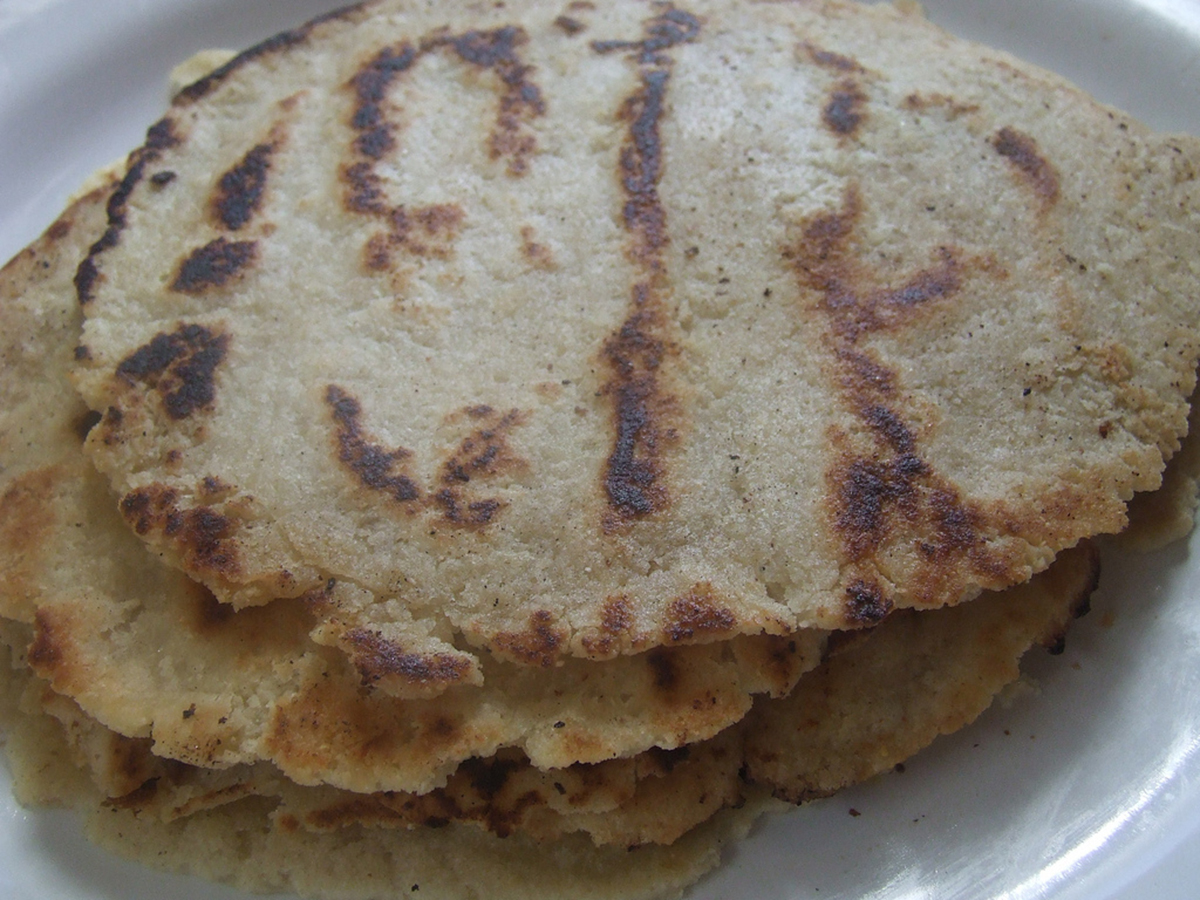Table of Contents
Diagnosis
Celiac disease leads to damage of the villi of the small intestine, which are the hair like cells which absorb nutrients from food, due to the inflammation caused by the auto-immune reaction between the antibodies and gluten.
It would be important to mention how celiac disease is diagnosed seeing that it is the most common of the gluten-related disorders. It’s estimated that 99% of individuals who have celiac disease are never diagnosed with this condition. The reason for this is because patients aren't always symptomatic but damage to the gut does still occur.

In 2010, the 4-out-of-5 rule was suggested which means that 4 out of the following 5 criteria need to be fulfilled in order to confirm this diagnosis of celiac disease.
- The patient must experience typical symptoms of celiac disease (as mentioned above).
- Blood analysis shows serum celiac disease immunoglobulin to be positive and A-class auto-antibodies must be at a high titre.
- There’s a positive result of human leukocyte antigen (HLA)-DQ2 or DQ8 genotypes on blood tests.
- It is found that celiac enteropathy is present on small bowel biopsy.
- The patient responds positively to a gluten-free diet.
Treatment
Besides wheat, rye and barley there are other foods that also contain gluten proteins and they include the following products that one would need to be aware of:
- Bulgur wheat
- Farina
- Durum
- Malt
- Graham flour
- Triticale
- Spelt
- Semolina
Packaged foods should then be avoided as most of them contain gluten, unless the package is labeled as gluten-free. These would include products such as breads, cakes, cookies, pies, gravies, candies/sweets, beer, imitation and/or processed meats. Unfortunately, even oats are recommended to stay away from as they can cause issues with patients with gluten-related issues.
Foods which can be consumed would then include fresh fish and meat (which aren't breaded or battered), dairy products, fruit and vegetables, potatoes, corn, rice, tapioca and rice. Gluten-free breads and pastas are also available at local supermarkets, too.
Within several weeks, the inflammation in the small intestines would have decreased tremendously, but one may start feeling better after a few days on a gluten-free diet. Healing and regrowth of the villi can take a few months up to several years to occur and improvement seems to be faster in children than in adults.
READ Gluten-Free Thanksgiving Recipes
Due to the damage which occurs to the villi, vitamin, mineral and nutrient absorption is then decreased and these will need to be supplemented. If gut absorption is still not adequate enough, then one would need to have these supplements administered via injection rather than orally. The most common deficiencies which need to be addressed are:
- Vitamin B12
- Vitamin D
- Vitamin K
- Calcium
- Folate
- Iron
- Zinc
Acute inflammatory episodes will need to be managed with steroid medication. These will need to be prescribed by your primary care doctor or specialist.
- www.mindbodygreen.com/0-7482/10-signs-youre-gluten-intolerant.html
- www.mayoclinic.org/diseases-conditions/celiac-disease/basics/definition/con-20030410
- Photo courtesy of
- Photo courtesy of cookingglutenfree: www.flickr.com/photos/cookingglutenfree/5397068532/
- Photo courtesy of ariels_photos: www.flickr.com/photos/ariels_photos/4328144339/


Your thoughts on this